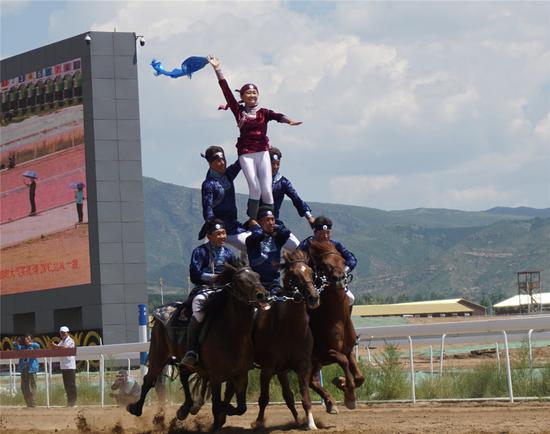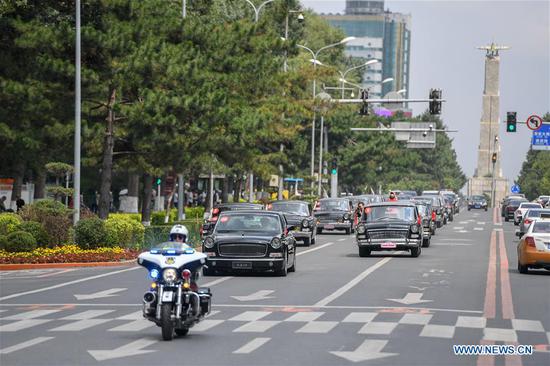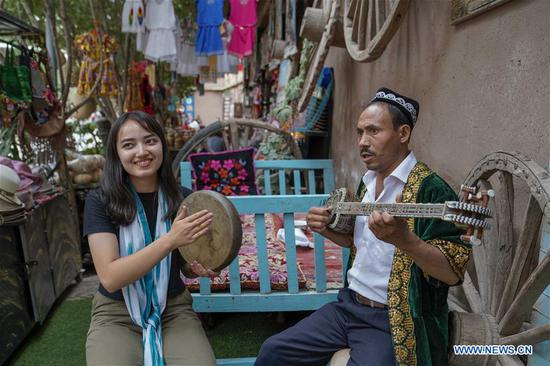The United Nations said Monday that more than one in 10 children, almost 20 million worldwide, failed to receive "potentially lifesaving" vaccines in 2018.
A joint study report of the World Health Organization (WHO) and UN Children's Fund (UNICEF) published Monday showed that global protection against four diseases that are regarded as a gauge of overall coverage -- diphtheria, tetanus, pertussis and measles -- has "stalled" at around 86 percent since 2010.
Data shows that the best regional performer for vaccine reach in 2018 was Europe, whose more than 90 percent rate was 18 percent higher than Africa, the lowest-performing region.
Worryingly, of the 19.4 million children worldwide who have not received three doses of vaccine to protect against diphtheria, tetanus, pertussis, two-thirds "didn't even receive an initial dose," the report noted, underscoring that this "points to a lack of basic immunization services."
Most unvaccinated children come from the world's poorest countries and a disproportionate number live in fragile or conflict-affected states, said the report.
Almost half of these at-risk youngsters are in 16 countries: Afghanistan, the Central African Republic, Chad, Democratic Republic of the Congo (DRC), Ethiopia, Haiti, Iraq, Mali, Niger, Nigeria, Pakistan, Somalia, South Sudan, Sudan, Syria and Yemen.
"If these children do get sick, they are at risk of the severest health consequences, and least likely to access lifesaving treatment and care," WHO/UNICEF said in a joint statement.
Citing major gaps in measles vaccine coverage across countries at all income levels, from Ukraine to the DRC to Madagascar, the UN report showed that the number of cases of the highly infectious disease doubled from 2017 to 2018, to more than 340,000.
Identifying Ukraine as the country with the highest measles incidence rate in 2018, the report suggested that although the country has vaccinated over 90 percent of its children, coverage in 2010 was just 56 percent, meaning that a large number of older children and adults were at risk.
Data is also available for the first time on coverage of the human papillomavirus (HPV) vaccine, which protects girls against cervical cancer later in life.
As of 2018, 90 countries, home to one in three girls worldwide, offered the HPV vaccine. But only 13 of these were lower-income countries, the report said, meaning that those most at risk of cervical cancer are still least likely to have access to the vaccine.


















































